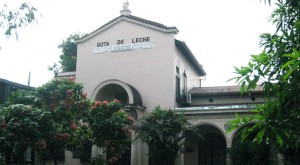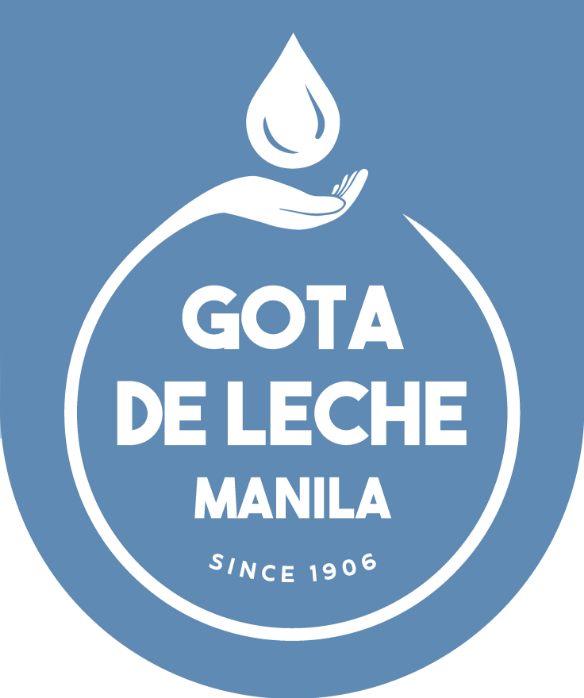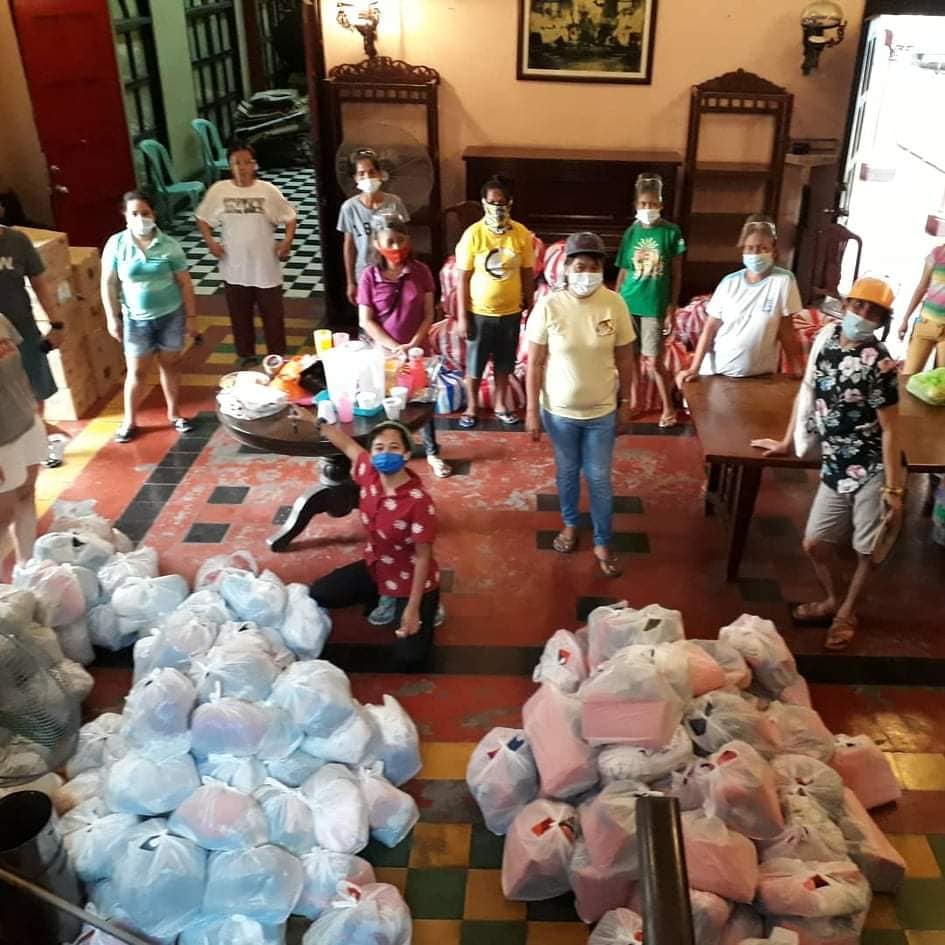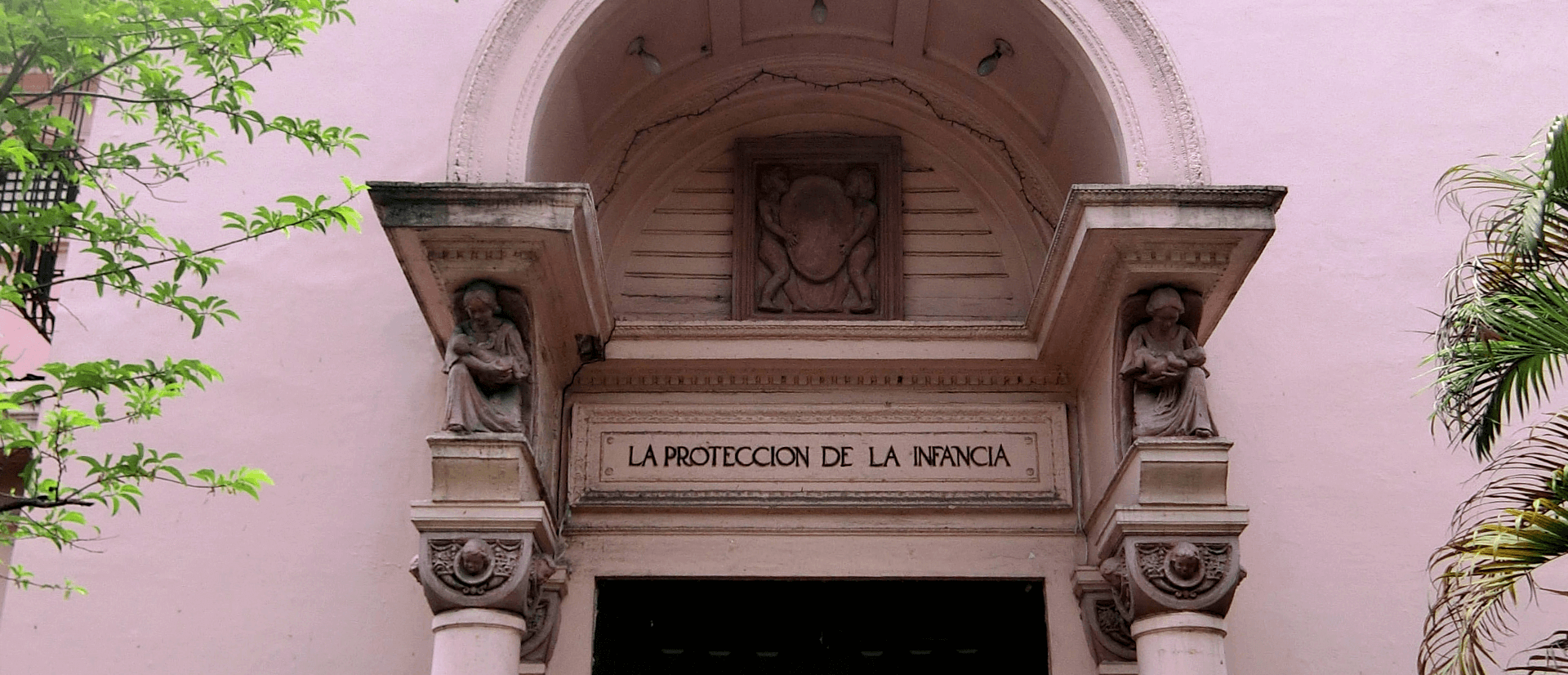News
Pioneers
How Women Built the Gota de Leche Building

On September 23, 1906, an important meeting was held at 19 Crespo Street, Quiapo, Manila. Several civic-minded women (most of them from the Asociacion Feminista Filipina) such as Concepcion Felix de Calderon, Maria Arevalo, Librada Avelino, Trinidad Rizal, Asuncion Soriano, Helen Wilson, Carmen Manuel del Gerona, and Maria Flores de Villamor were in attendance. The gathering’s primary objective was to discuss the possibility of setting up a milk station in the Philippines to combat the high rate of infant mortality at the time.
Laying the Foundation
La Proteccion de la Infancia’s first headquarters was at 41 San Pedro (now Evangelista) Street in Quiapo, Manila. While it was initially understood that the women who became part of the organization were to hold supervising tasks, those present at the first meeting eventually became important members of the La Proteccion de la Infancia, with Concepcion Felix de Calderon serving as its first President.
Concepcion Felix de Calderon’s presidency was a hard-fought one. In the meeting for the foundation’s constitution and by-laws, it was proposed that her husband, Dr. Fernando Calderon, be installed as president because “only a man could run the Gota de Leche competently.” Mrs. Calderon stood up to present a valid argument for the women to be given more important positions:
“All the top administrative positions, from president down, considering the tremendous proportion of work they had contributed to its founding.”
Thus, Gota de Leche, the first active charity to address Filipino babies’ nutritional needs, was born with a female President at the helm. No less than President William H. Taft inaugurated the foundation on October 17, 1907. Led by the tireless Gota de Leche ladies, operation immediately went underway to procure necessary equipment for the feeding. Consistent funding proved to be a challenge, but the Gota de Leche officers managed to collect bottles, sterilizers, and utensils all the way from Europe, and served the beneficiaries to the best of their abilities.
Strengthening with Volunteerism and Donations
Generous donors from Manila’s most affluent families became the first funders of Gota de Leche’s feeding program. An initial fee of 50 pesos, and subsequent monthly dues of ten pesos were given by members to sustain the organization’s efforts.
However, the need for more permanent headquarters became a primary concern in order to accommodate more malnourished kids and their mothers. The Gota de Leche women came up with fund-raising activities such as benefit operas in order to boost the organization’s funds. These efforts resulted in a small dairy farm with six milking cows purchased abroad. The Gota de Leche beneficiaries had a steadier supply of milk to depend on, thanks to the various campaigns initiated and carried out by its hardworking officers and volunteers.
Providing a Roof of Protection
The Gota de Leche officers managed to obtain invaluable financial assistance from organizations and institutions like the Destileria La Fortuna, the Philippine Long Distance Telephone company, the Metropolitan Waterworks, Standard Gas & Appliances, the Fabrica de Hielo de Manila, and Destileria Limtuaco. Their continuous donations helped the Gota de Leche program up until 1945.
Finally, a benevolent philanthropist, Don Teodoro Yangco, donated the 3,318 square-meter lot on Lepanto Street where the Gota de Leche building stands until today. Along with the property, he gave La Proteccion de la Infancia 8,000 pesos to help with the building’s construction. Government financial aid and an annual subsidy of 12,000 pesos also helped with the construction’s completion.
Architect Arcadio Arellano designed and finished the Gota de Leche building in 1914. The foundation finally has a permanent site to adequately provide nutritional support for Filipino children that badly needed it.
Cementing the Cause
Beyond providing milk for undernourished children, the Gota de Leche ladies educated mothers on maternal and infant care. More importantly, they served to keep public interest alive via regular reports to the headquarters, and with direct appeals to prospective benefactors and patrons. These regular meetings and fund-raising campaigns continued even during the Japanese occupation. The war brought with it even more difficulties and disease, increasing the number of Gota de Leche beneficiaries to over five hundred babies. But as records and history show, no war could stop the foundation’s medical team and volunteers in providing service to undernourished infants.
In the war against infant mortality, the foundation’s officers saw the need for a hospital of its own to compliment their feeding program. Its President at the time, Justice Natividad Almeda-Lopez, laid the groundwork for the Manila Children’s Hospital via tireless fund-raising campaigns and appeals for government subsidy. These resulted in the first medical institution dedicated exclusively to pediatrics, and had the distinction of having an internationally-renowned pediatrician, Dr. Fe del Mundo, as its first Medical Director. The institution provided free hospitalization, medical, and nursing services to war-affected babies when it opened its doors to the public in 1949.
These efforts from the women-led Gota de Leche, from the officers to the volunteers, have resulted in a puericulture institution that is still very much alive and active, more than a hundred years later.



